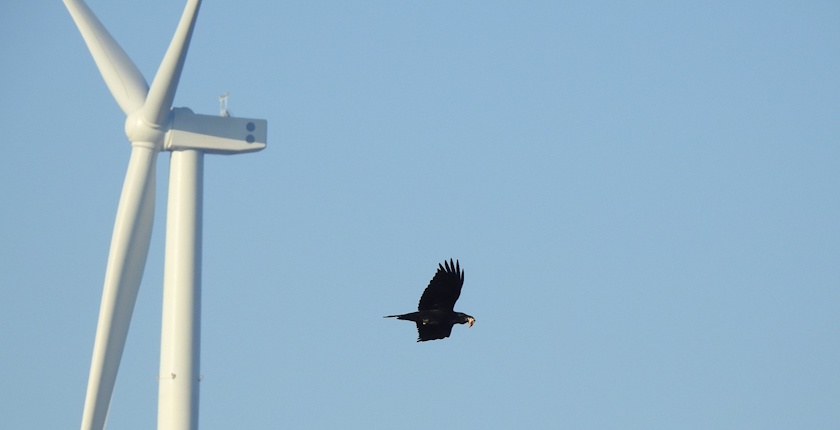
Photo: Oikon
Wind power technology is often criticized because birds collide with turbine blades. As the number of wind farms in Southeast Europe grows, bird protection is increasingly important. A solution exists. Croatian environmental consultancy Oikon has become the regional representative for three systems that detect the presence of birds and temporarily halt wind turbines to prevent collisions and reduce the impact on biodiversity.
Wind farms produce clean energy and contribute to the fight against climate change. On the other hand, wind turbines can often harm biodiversity. Birds’ vision has evolved toward finding food and detecting predators—but not for avoiding tall turbine towers with fast-spinning blades. To help prevent bird collisions, so-called shutdown on demand (SDOD) solutions stop turbines when necessary.
SDOD refers to the temporary shutdown of turbines when individuals from protected or sensitive bird species are detected entering a high-risk collision zone.
Oikon is the regional representative for three bird detection and turbine control systems
Bird protection is increasingly important amid the wind energy expansion in Southeast Europe. Croatian environmental consultancy Oikon Ltd. – Institute of Applied Ecology announced that it has become the regional representative for three internationally recognized systems for bird detection and turbine control technologies.
SDOD is rapidly becoming a standard requirement for wind projects operating near sensitive bird habitats, Oikon’s CEO Dalibor Hatić says. “These technologies are already being requested by permitting authorities. We’re helping developers access proven and reliable systems to fulfil those obligations,” he asserted.
One of the systems that Oikon provides to its clients is IdentiFlight from the United States. It is three-dimensional, with artificial intelligence and high-speed cameras to identify birds in real time. Installed on separate towers, it gives optimal coverage of protected areas.
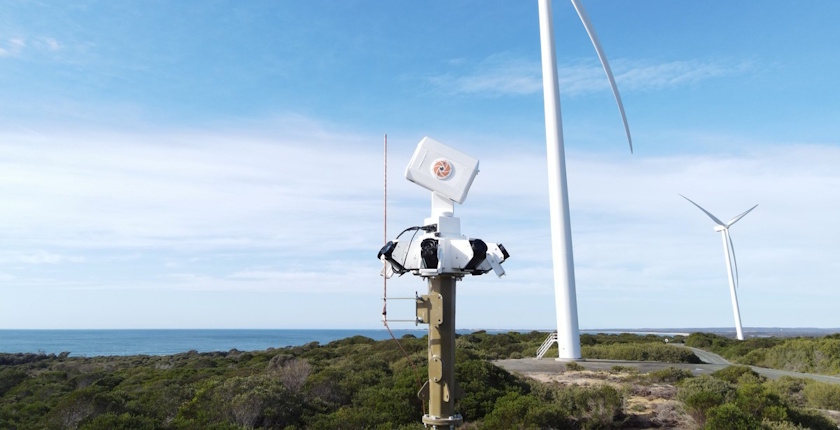
Max, developed by Dutch company Robin Radar Systems, uses a 3D radar specifically designed for bird monitoring. It enables the tracking of birds and bats over long distances, both day and night. The technology can simultaneously monitor and log thousands of flights with high precision.
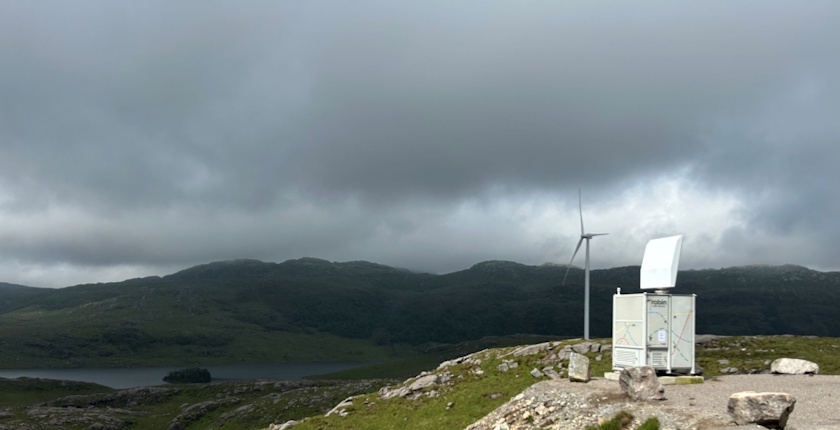
AVES Wind, the third system in the portfolio, was developed by German company ProTecBird. The device is installed on the turbine itself. It combines pan-tilt-zoom cameras, real-time tracking software and AI to detect and identify bird species, calculate their 3D position, control turbine operations and generate documentation for regulatory compliance.
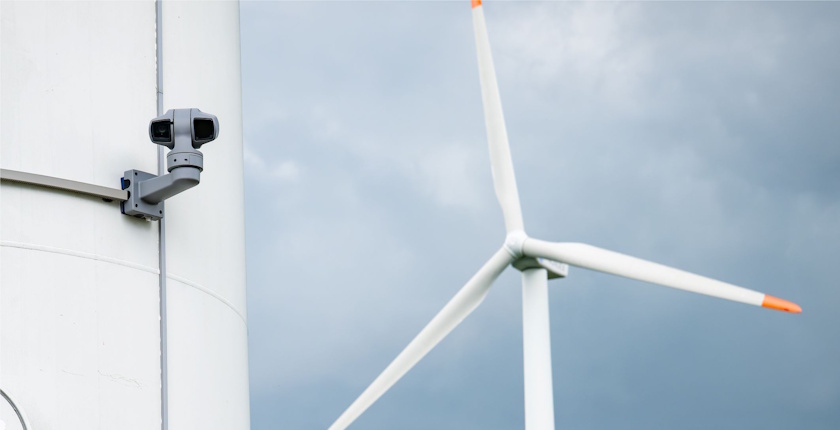
SDOD reduces bird mortality and energy production losses
Unlike long turbine curtailments or seasonal restrictions, SDOD is activated only when needed – when birds enter a risk zone. The approach reduces both bird mortality and energy production losses.
“Oikon’s role is to make these internationally proven technologies available in Southeast Europe and ensure their integration aligns with local ecological, technical, and regulatory conditions. The company supports developers in meeting the requirements set by the European Union and national nature protection laws, including mitigation measures often mandated by environmental authorities,” the company said.
It pointed out all SDOD systems can be used for research purposes and that they utilize high-quality military-grade resilient components and technology, ensuring their functionality regardless of weather conditions.

















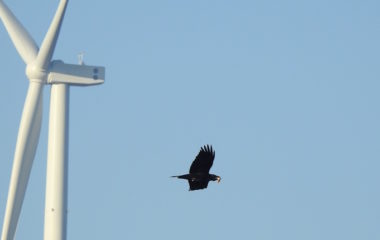
Be the first one to comment on this article.